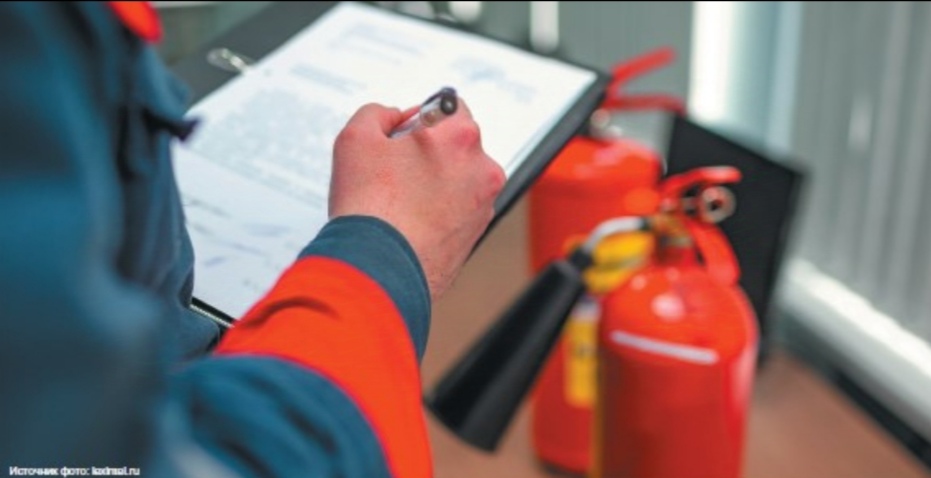When it comes to fire safety, historic buildings present a unique set of challenges that require specialized approaches. These buildings, which often hold significant cultural, architectural, or historical value, are not just physical structures but also repositories of heritage. Conducting a London Fire Risk Assessment in such settings involves balancing the need for modern safety standards with the preservation of historic integrity.
Understanding Historic Buildings
Historic buildings come in various forms, from ancient castles and cathedrals to Victorian homes and early 20th-century factories. Each of these structures is unique, with their own materials, construction methods, and historical contexts. This diversity means that a one-size-fits-all approach to fire risk assessment simply won’t work. Understanding the specific characteristics of a historic building is the first step in creating an effective fire safety plan.
Unique Challenges
Structural Integrity
One of the primary challenges in assessing fire risk in historic buildings is dealing with their structural integrity. Many historic buildings were constructed with materials like timber, which, while charming and authentic, can be highly flammable. Additionally, the construction techniques used in the past may not meet modern fire safety standards. For example, wooden beams and plaster walls might not offer the same fire resistance as contemporary materials.
Building Layout and Design
Historic buildings often have complex layouts that reflect their original purposes and architectural styles. Narrow staircases, winding corridors, and multiple levels can complicate evacuation routes. These design elements can make it difficult to retrofit modern fire safety systems, such as sprinklers or alarms, without compromising the building’s historical value.
Heritage Preservation
Preserving the aesthetic and historical aspects of a building while implementing fire safety measures is a delicate balance. Modern fire safety systems might be obtrusive or incompatible with the building’s original design. For instance, installing a fire alarm system might require modifications that alter the appearance of intricate woodwork or decorative ceilings.
Considerations for Fire Risk Assessment
Historical Significance
Assessors must consider the historical significance of the building when developing fire safety measures. This involves working closely with heritage consultants to ensure that any changes do not detract from the building’s historical and architectural value. Strategies might include using fire-resistant materials that blend with the original design or incorporating hidden fire safety features.
Materials and Construction Techniques
Understanding the materials and construction techniques used in the building’s original construction is crucial. For example, older buildings might have used materials like horsehair plaster or lath and plaster, which behave differently under fire conditions than modern materials. Fire risk assessors need to be familiar with these materials to evaluate their vulnerability and determine the best ways to protect them.
Fire Safety Measures
Implementing fire safety measures in historic buildings often requires creativity and innovation. Traditional fire alarms and sprinkler systems might not be suitable, so assessors might need to explore alternative solutions. For instance, advanced fire detection systems that use discreet sensors or fire retardant treatments for wooden elements could provide necessary protection without compromising the building’s aesthetic.
Evacuation Plans
Developing effective evacuation plans for historic buildings can be challenging due to their layout and the potential for restricted access. Evacuation plans must consider the unique features of the building and ensure that all occupants can safely exit in an emergency. This might involve designing custom signage, creating clear evacuation routes, and ensuring that all exits are accessible and well-maintained.
The Role of Modern Technology
Advancements in technology can provide valuable tools for enhancing fire safety in historic buildings. For instance, modern fire detection systems can be integrated with existing architecture in ways that minimize visual impact. Similarly, virtual reality and digital simulations can help assess fire risks and design effective evacuation plans without physically altering the building.
Collaboration and Expertise
Effective fire risk assessment for historic buildings requires collaboration between various experts. Heritage consultants, fire safety engineers, and architects must work together to develop solutions that respect the building’s historical value while ensuring safety. Engaging with local preservation societies and regulatory bodies can also provide valuable insights and support.
Conclusion
Fire risk assessment for historic buildings presents a unique set of challenges that require a careful balance between preservation and safety. Understanding the specific characteristics of these buildings, including their materials, design, and historical significance, is essential for developing effective fire safety measures. By leveraging modern technology and fostering collaboration among experts, it is possible to protect these valuable structures while maintaining their historical integrity. In doing so, we ensure that future generations can continue to appreciate and learn from our architectural and cultural heritage, If you want to stay updated with posts like this, please follow us on Washington Times.


